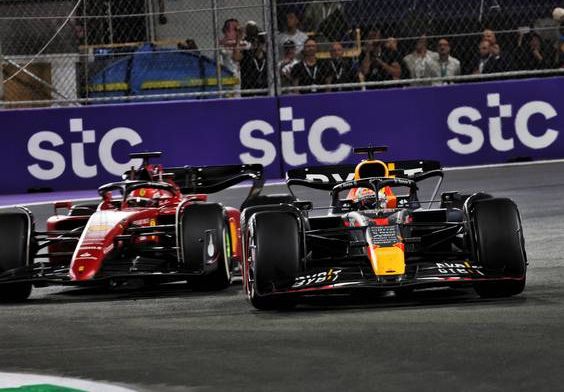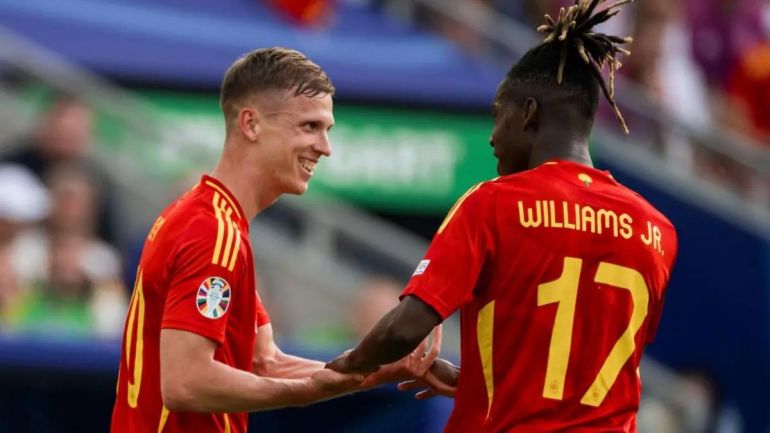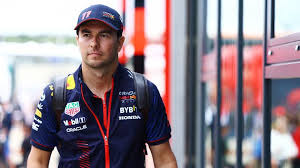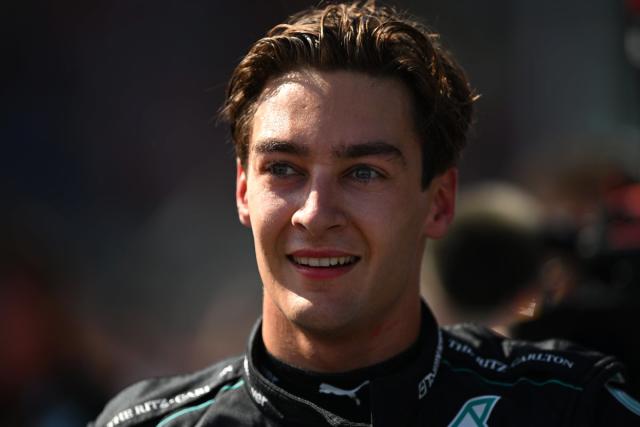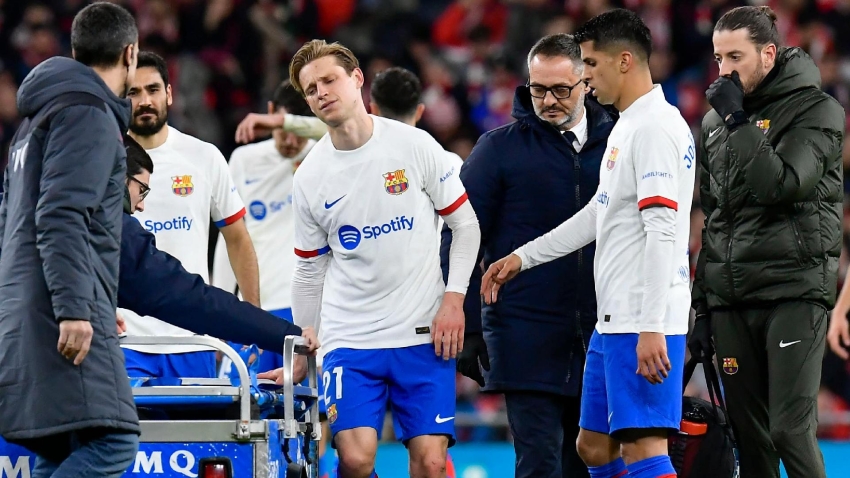Although still 20 seconds shy of Max Verstappen’s Red Bull at the chequered flag, Ferrari’s performance at the Japanese Grand Prix showed just how much progress the team has made with its winter of car development. Just six months ago, the Italian team concluded the same race 40 seconds adrift of race winner Verstappen, ranking fourth and sixth in the final classification compared to Sunday’s third and fourth.
Defeating Red Bull in a consecutive fight (i.e., without the help of a Verstappen retirement, as happened in Australia this year) still seems like a stretch, but on the right circuit in the right circumstances, Ferrari is starting to look more like a serious competitor.
Suzuka, with its tire-torturing long duration and high-speed corners, was always going to provide a challenge for Ferrari and play to the strengths of Red Bull. McLaren, too, was expected to hold an edge over Ferrari — as it did on the same track last year and as it still did over a single lap in qualifying on Saturday — but over a race distance, Ferrari came out on top.
“We exactly improved the car in the places that we wanted to improve it, and Suzuka proves it,” Carlos Sainz, who concluded third in Japan on Sunday, said of his team’s progress. “Still, places like Suzuka, we are not as quick as the Red Bull, which is the target, but as soon as we bring a good upgrade to the car that goes in the right direction, hopefully it can get us closer.
Looking for the best online betting site and Live betting? Visit Heritage Sports
“We’ve improved everywhere, and especially in the race pace. It also allows us to have more strategic flexibility that last year we didn’t have. It allows me to go forward in the races and instead of looking in my mirrors all the time to offset myself with strategy, I can then overtake people, which is something that last year wasn’t on the cards at any point last year.
“So, I’m happy and it makes me enjoy the racing more.”
Ferrari’s superior tire strategy at Suzuka was key to both Sainz and teammate Charles Leclerc beating fifth-placed Lando Norris on Sunday.
For several seasons, the team has received regular and often justified criticism for the tire strategy decisions made by its pit wall. But so far this year, it’s hard to find fault in the team’s race operations.
The team made modifications within its strategy department soon after the arrival of team principal Frédéric Vasseur last year, including replacing chief strategist Iñaki Rueda with Ravin Jain. Ferrari then went through a period of reviewing and refining its in-race decision-making processes. Undoubtedly, those changes have been effective, but the team has also benefitted from significant improvements with its car, specifically the way it uses its tires.
Having a car that doesn’t haemorrhage performance due to tire degradation (the loss of tire performance per lap, often as a result of overheating) means a whole suite of strategy options are suddenly opened up at each race. While Ferrari’s drivers often had to drive significantly off the pace last year in order to preserve tires or pit out of sequence with rivals, they now have a new weapon in their arsenal.
The Japanese Grand Prix was a perfect example of the additional strategic flexibility Ferrari now has. Leclerc was able to pull off a one-stop strategy following the lap-one red-flag stoppage, completing the first 25 laps thereafter on one set of medium tires while Norris’ McLaren completed the same distance on a set of mediums and a set of hards, falling behind Leclerc as a result of the additional stop.
McLaren was coaxed into making Norris’ second stop early by the possibility of losing a place to Mercedes’ George Russell, who was attempting but couldn’t pull off the same strategy as Leclerc, but the fact that Ferrari chose a plan, stuck to it and gained four positions as a result, shows just how far the team has come.
Meanwhile, Sainz was on a two-stop strategy akin to Norris, but because Ferrari, confident in its pace, wasn’t as concerned about the threat from rival cars making a one-stop strategy, it opted to go longer on each stint compared to Norris. That permitted Sainz to make his final stop ten laps later than Norris, giving him fresher tires to attack and pass the McLaren toward the end of the race.
“I think from the beginning of the season, we are much better on the tyre management and degradation, we were able to do the fastest lap in Jeddah and Melbourne on the last lap,” Vasseur said. “It was almost the case today for one-tenth, I think, and I think we did a good step forward with this one.
“We worked a lot on our weaknesses, and we improved massively on the tyre management, drivers, strategy and the team. For sure, we have some other weaknesses and we have to improve some other elements if we want to do a better job, but I think this one is very well under control now.”
Unless Red Bull slipped up with its car development over the winter, it always seemed unlikely Ferrari would close the gap in the first half of the season. Even now, it’s hard to imagine anyone challenging Verstappen in a straight fight until major upgrades are introduced, but the clear step made at the start of the season has generated a degree of hope at Ferrari that such a feat will become possible.
Get all the latest Live Betting and Sport News updates on your social media outlets. Find us on both Facebook and X

